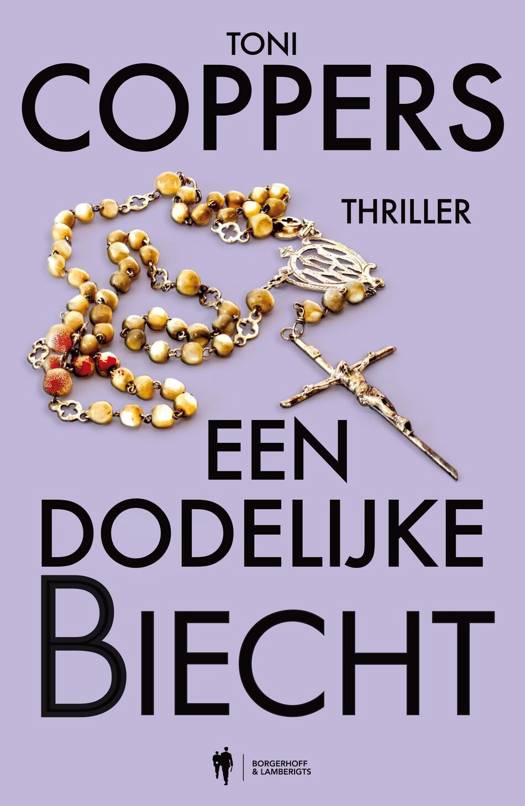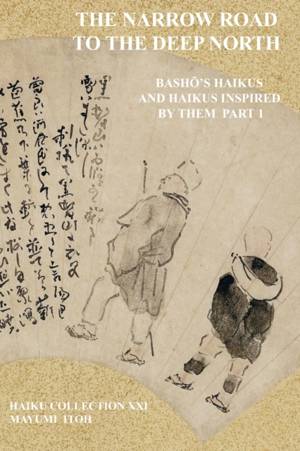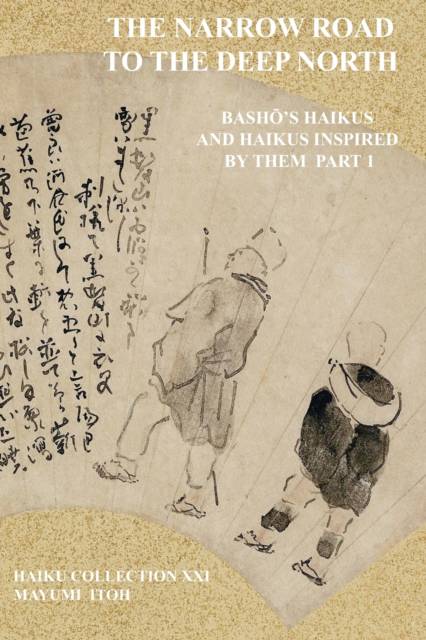
- Afhalen na 1 uur in een winkel met voorraad
- Gratis thuislevering in België vanaf € 30
- Ruim aanbod met 7 miljoen producten
- Afhalen na 1 uur in een winkel met voorraad
- Gratis thuislevering in België vanaf € 30
- Ruim aanbod met 7 miljoen producten
Zoeken
The Narrow Road to the Deep North
BashŌ's Haikus and Haikus Inspired by Them Part 1
Mayumi Itoh
Paperback | Engels
€ 12,95
+ 25 punten
Omschrijving
This bilingual haiku collection is a tribute to Oku no hosomichi (The Narrow Road to the Deep North, 1702) by Matsuo Bashō("Bashō" hereafter, 1644-November 1694). Bashō was the grand master of haiku during the Edo period. He is referred to as the "haiku saint" for his contributions to perfecting haiku as an art form and establishing haiku as a genre in poetry in its own right, which was the initial phrase (hokku) to lead 'chain haikai poetry'(renku) of group haikai reading.
Oku no hosomichi, a masterpiece by Bashō, is a travel journal with essays and his own haikus, as well as his disciples' haikus. This journal includes many of his best-known haikus. Although he wrote more haikus afterwards, this is one of the last haiku anthologies he complied, and in this sense it was his swan song.
This haiku collection (2021) presents all of the 50 haikus Bashō wrote in Oku no hosomichi in the exact order in which he compiled them (he sometimes did not follow the chronological order and fictionalized his journal), along with English translations and annotations. For each of Bashō's haikus, an original haiku by this author, inspired by this particular haiku of Bashō and using the same season word (or equivalent season word) is given-first in Japanese and then in English.
This method of presenting the haikus by Bashō, followed by this author's haikus, seems appropriate, as haiku started out as the initial phrase of the chain haikai poetry for the participants to follow in a haikai reading session. Now, readers can vicariously embark on the journey to the deep north of Japan. Enjoy!
Oku no hosomichi, a masterpiece by Bashō, is a travel journal with essays and his own haikus, as well as his disciples' haikus. This journal includes many of his best-known haikus. Although he wrote more haikus afterwards, this is one of the last haiku anthologies he complied, and in this sense it was his swan song.
This haiku collection (2021) presents all of the 50 haikus Bashō wrote in Oku no hosomichi in the exact order in which he compiled them (he sometimes did not follow the chronological order and fictionalized his journal), along with English translations and annotations. For each of Bashō's haikus, an original haiku by this author, inspired by this particular haiku of Bashō and using the same season word (or equivalent season word) is given-first in Japanese and then in English.
This method of presenting the haikus by Bashō, followed by this author's haikus, seems appropriate, as haiku started out as the initial phrase of the chain haikai poetry for the participants to follow in a haikai reading session. Now, readers can vicariously embark on the journey to the deep north of Japan. Enjoy!
Specificaties
Betrokkenen
- Auteur(s):
- Uitgeverij:
Inhoud
- Aantal bladzijden:
- 244
- Taal:
- Engels
Eigenschappen
- Productcode (EAN):
- 9798467090405
- Verschijningsdatum:
- 30/08/2021
- Uitvoering:
- Paperback
- Formaat:
- Trade paperback (VS)
- Afmetingen:
- 152 mm x 229 mm
- Gewicht:
- 331 g

Alleen bij Standaard Boekhandel
+ 25 punten op je klantenkaart van Standaard Boekhandel
Beoordelingen
We publiceren alleen reviews die voldoen aan de voorwaarden voor reviews. Bekijk onze voorwaarden voor reviews.











